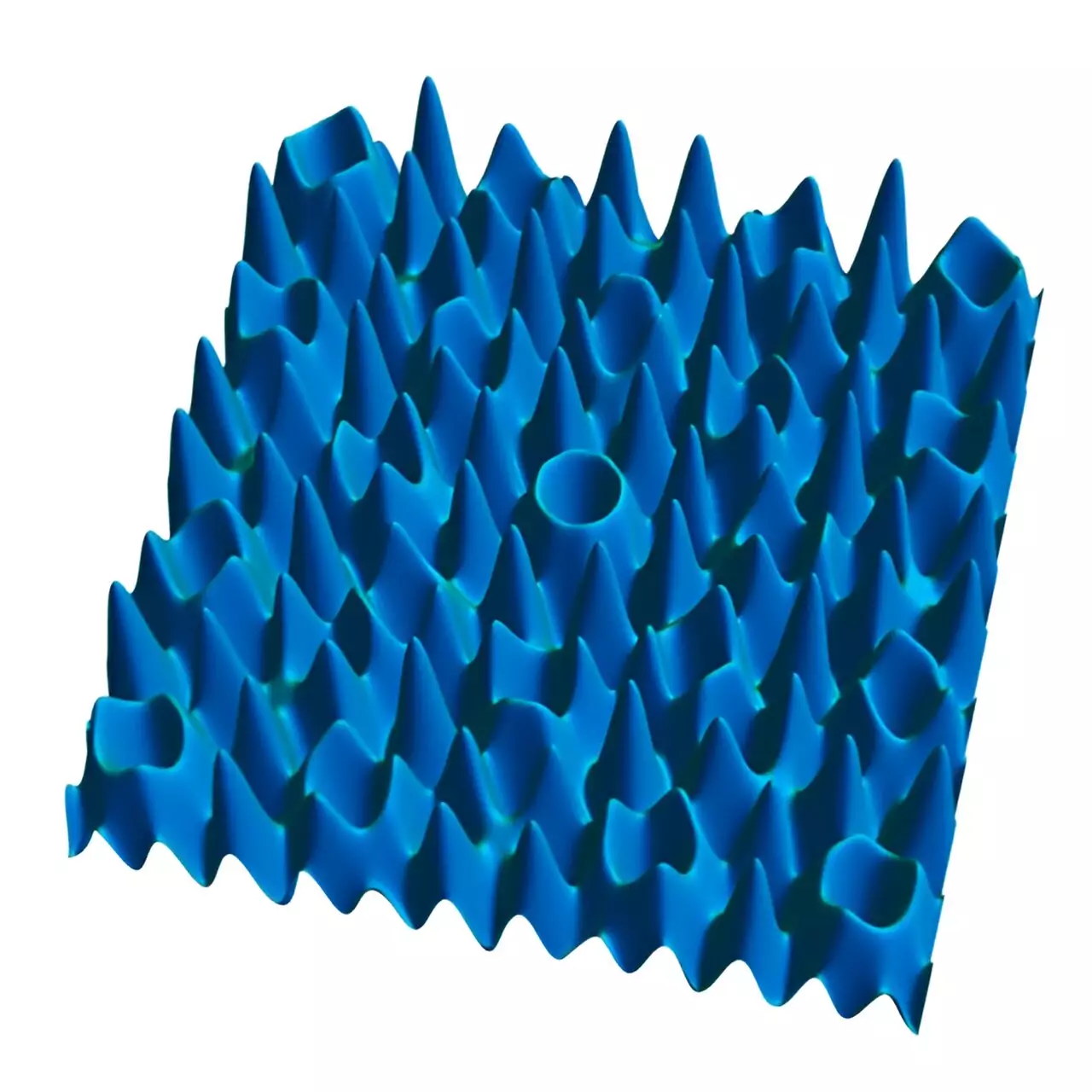The realm of physics continues to astonish us, unveiling new phases of matter that expand our understanding of the universe. Recently, researchers at the Cavendish Laboratory in Cambridge made a groundbreaking discovery by creating a two-dimensional version of the Bose glass. This novel phase of matter confronts fundamental principles in statistical mechanics, offering insights that could pave the way for advancements in quantum computing and our grasp of many-body systems.
Bose glass is characterized by its extraordinary glass-like properties, wherein all particles within the system are localized. Unlike traditional fluids in which particles intermingle seamlessly, the Bose glass maintains a structure where each particle remains fixed in relation to its neighbors. To illustrate this behavior, one might imagine that if coffee were localized, adding milk would not homogenize the mixture but instead create an eternal pattern of swirling black and white—preserving the intricacies of its original state indefinitely.
The creation of this unique phase involved overlapping several laser beams to generate a quasiperiodic pattern. This pattern mimics the long-range order found in conventional crystals but lacks the repetitive nature, akin to a Penrose tiling that manifests infinite complexity without repetition. Filling this structured environment with ultracold atoms—cooled to nearly absolute zero—resulted in the formation of a Bose glass state.
According to Professor Ulrich Schneider, who led the study, this achievement is not merely an academic exercise but holds significant promise for advancing quantum computing. The localized nature of the Bose glass indicates that quantum information could be retained much longer, which counters the prevailing challenge of decoherence that many quantum systems currently grapple with.
Schneider highlighted a significant limitation of larger quantum systems: their complexity makes accurate modeling on computers increasingly unfeasible due to the exponential growth in required configurations. The discovery of a tangible two-dimensional Bose glass offers a unique opportunity for experimental observation and analysis of quantum dynamics, potentially transforming our understanding of these systems.
Localized Systems and Their Implications in Quantum Computing
As the research team delved deeper into quantum simulations and many-body dynamics, they tapped into ultracold atoms to investigate phenomena that resist traditional numerical simulation techniques. The traditional approach in statistical mechanics has been predicated on the idea of ergodicity, wherein systems would relax into thermal states, simplifying predictions after reaching equilibrium. By contrast, the Bose glass appears to resist this idea, retaining its unique features and structures over time and thus posing a challenge in its modeling.
This non-ergodic characteristic is thrilling for theorists and experimentalists alike, suggesting pathways toward achieving many-body localization—a phenomenon where particles do not spread out over time due to interactions. As highlighted by Dr. Jr-Chiun Yu, the first author of the study, discovering such a physical realization would offer profound implications for fundamental physics and the burgeoning field of quantum computing.
In their experiments, the researchers also observed a strikingly sharp phase transition from the Bose glass to a superfluid state. The superfluid is fascinating in its resistance-free flow, analogous to water that contains no friction. As particles navigate through a superfluid, they do so unimpeded, which is closely tied to the notions of superconductivity.
The inclusion of the Bose glass in this array of phases—alongside the superfluid and Mott insulator—forms a trilogy that enriches our comprehension of the complex behaviors of bosons in interacting and disordered systems. Just like how ice and liquid water exist as distinct forms yet within the same system, the Bose glass and superfluid coexist, hinting at an intricate relationship between different phases of matter.
The Future: Caution in Excitement
While this development heralds promising potentials, Schneider cautioned against unqualified enthusiasm regarding the applications of the Bose glass. A plethora of questions remain concerning its thermodynamics and dynamic properties, which demand rigorous investigation before practical utilizations can be developed. The road ahead is marked not only by excitement but by the diligence needed to unravel the mysteries surrounding this intriguing phase of matter.
The creation of a two-dimensional Bose glass is not merely an increment in our scientific journey; it is a leap. As physicists like Professor Schneider and Dr. Yu continue to probe deeper into the properties and behaviors of this phase, we stand at the precipice of deeper philosophical discussions and technological breakthroughs in quantum physics. Such endeavors symbolize our relentless quest to comprehend the quantum world, ultimately enriching not just theoretical frameworks but potentially revolutionizing the frontier of quantum computing and beyond.


Leave a Reply